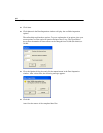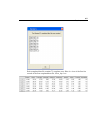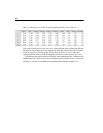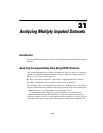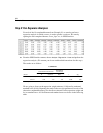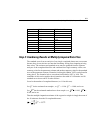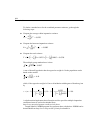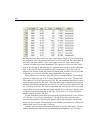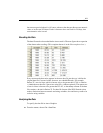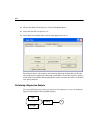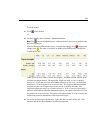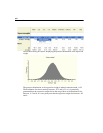
473
Analyzing Multiply Imputed Datasets
Further Reading
Amos provides several advanced methods of handling missing data, including FIML
(described in Example 17), multiple imputation, and Bayesian estimation. To learn
more about each method, consult Schafer and Graham (2002) for an overview of the
strengths of FIML and multiple imputation. Allison has a concise, readable monograph
that covers both FIML and multiple imputation, including a number of worked
examples and an excellent discussion of how to handle non-normal and categorical
variables within the context of multiple imputation methods that assume multivariate
normality (Allison, 2002). Schafer (1997) provides an in-depth, technical treatment of
multiple imputation. Schafer and Olsen (1998) provide a readable, step-by-step guide
to performing multiple imputation.
A SEM-specific study comparing the statistical performance of FIML and multiple
imputation in structural equation models is also available (Olinsky, Chen, and Harlow,
2003). Lastly, it is worth noting that the Bayesian estimation approach discussed in
Examples 26 through 29 is similar to FIML in its handling of missing data. Ibrahim
and colleagues recently compared the performance of FIML, Bayesian estimation,
probability weighting, and multiple imputation approaches to address incomplete data
problems and concluded that these four approaches were generally similar in their
satisfactory performance for handling incomplete data problems in which the missing
data arose from a missing-at-random (MAR) process (Ibrahim, Chen, Lipsitz, and
Herring, 2005). While their review considered generalized linear models rather than
SEM, their results and conclusions should be generally applicable to a wide range of
statistical models and data analysis scenarios, including those featuring SEM.




